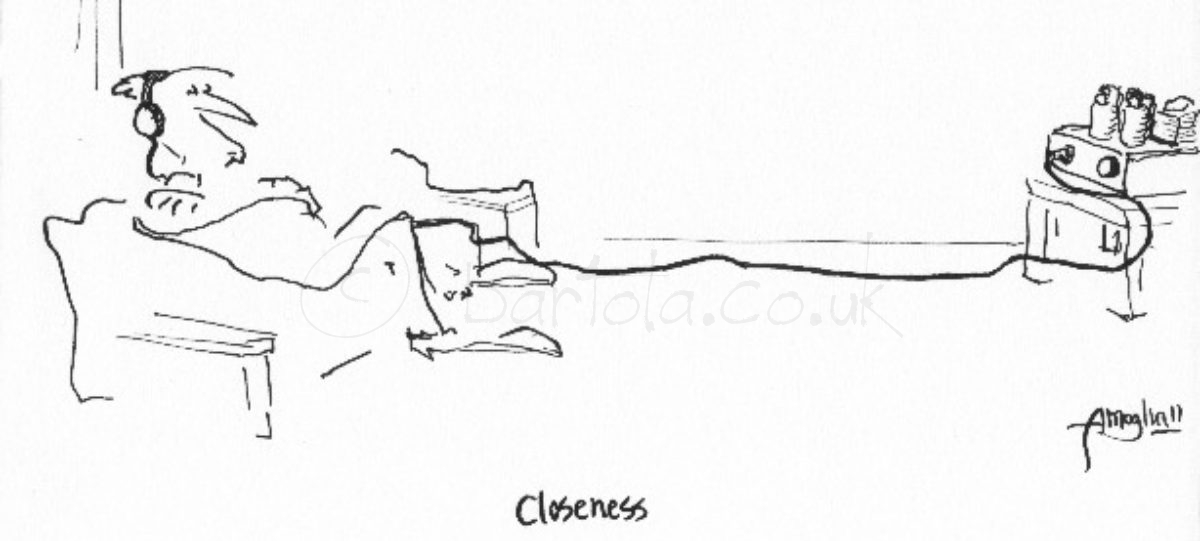Introduction
I received many requests throughout this year of folks building the 01a preamp (Gen2) asking for advice on the HT supply design. Well, I have my own incarnation which serves multiple purposes as is a shared supply, therefore isn’t useful to anyone.
My friend Andy Evans came up with a supply using available components. This is exactly what you are looking for the HT supply. I made some tweaks to Andy’s design, so all credit should go to him.
Design
The HT supply design is very simple. It’s mainly a choke-input valve rectifier supply. It has an additional LC smoothing stage. Here is the high-level circuit, see some notes

The transformer is a 250-0-250V / 50VA with an output current of 60mA. It has two windings for 6.3V AC heaters, but you only need one. Here is a great choice from a recommended seller.
The valve rectifier is a double-diode damper. Of course you can use some other options, but I like the sound of them. Here are some you might want to consider in your build:
- 6BY5G: a nice double-diode damper with lower filament requirements than the commonly used. This is my first choice
- EZ-80: the famous rectifier. This is what Andy used.
- EY-91: you will need 2 valves as there is one diode per bottle.
- 6C4P-EV: a nice Russian small double kenotron rectifier. Very cheap alternative for European builders
- AZ1 / AZ11 mesh valves. Their sound is unique, however they are very expensive these days. You will have to add a pair of voltage dropping resistors to accommodate the lower filament voltage requirement.
For the indirectly heated diodes, it will be better to connect one end of the filaments to the cathode.
The chokes are commonly available. These are from Hammond (155J) and have 15H @ 30mA. The downside is the high resistance, over 1kΩ. This isn’t an issue here as the current consumption is low so the voltage drop is minimal. With a choke input supply you need a minimum current to operate. In this case is about 15-16mA so a bleeder resistor is needed (29kΩ 5W wire wound) .
C1 serves to equalise the output voltage. It pushes the supply to operate a bit more like cap-input (hybrid) by increasing the output voltage. I use it to tune the output voltage to 200V.
C2 and C3 are classic motor run capacitors. I personally use ASC Oil ones 450VAC rated. You can choose what you can get hold. You can use any good quality film capacitors. I like the WIMA DC-LINK ones, they are great.
The output ripple is about 7mV. This isn’t a problem as the gyrator load has a very high supply rejection (PSRR) so no need to go crazy on this. If you
The design is so simple that anyone should be able to build this easily.
Hope it works for you.
Merry Christmas!





















